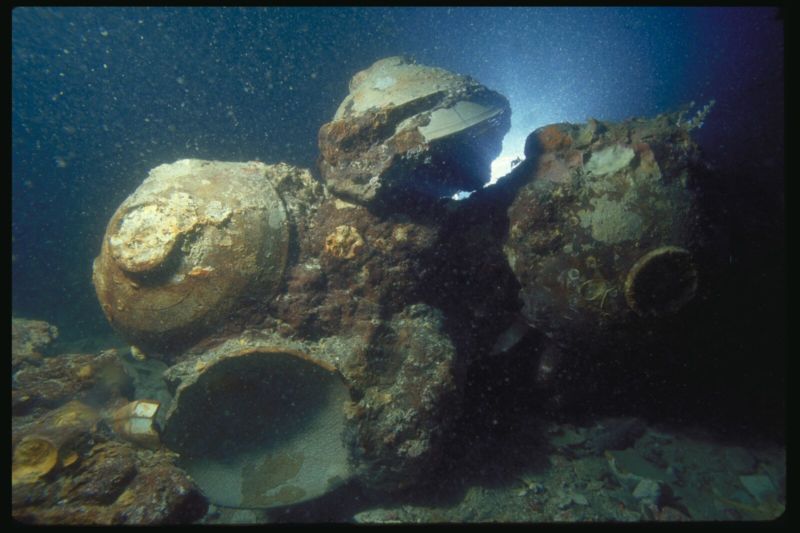An 800-year-old label may rewrite the history of a Java Sea shipwreck
Ars Technica » Scientific Method 2018-05-16

Enlarge (credit: The Field Museum, Anthropology. Photographer Pacific Sea Resources)
In the 1980s, fishermen working off the coast of Indonesia made a surprising haul: a cargo of ceramic vessels, elephant tusks, sweet-smelling resin, and other artifacts from a ship that had lain on the bottom of the Java Sea for centuries. Most of the ship's hull was long since gone; wood decays quickly in warm waters, leaving behind only its former contents.
Now, a closer look at its cargo reveals that the ship may have gone to the bottom a century earlier than archaeologists first suspected, which puts it in the middle of a very interesting period in Chinese history.
May you live in interesting times
The Song dynasty (1127-1279) was the height of ceramic export production in China, when the imperial court encouraged overseas trade. Ships crossing the seas were beginning to form a more direct link between far-flung trading partners than the ancient Silk Road could allow. The Srivijaya empire, a formidable maritime power based on Sumatra, was in decline, and other coastal powers in the region were vying for its former supremacy.